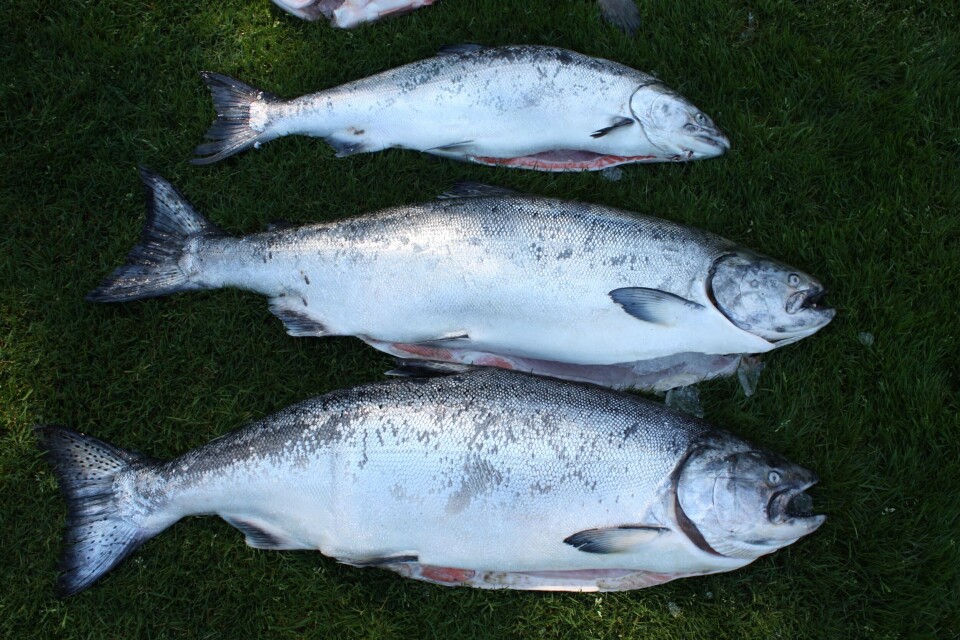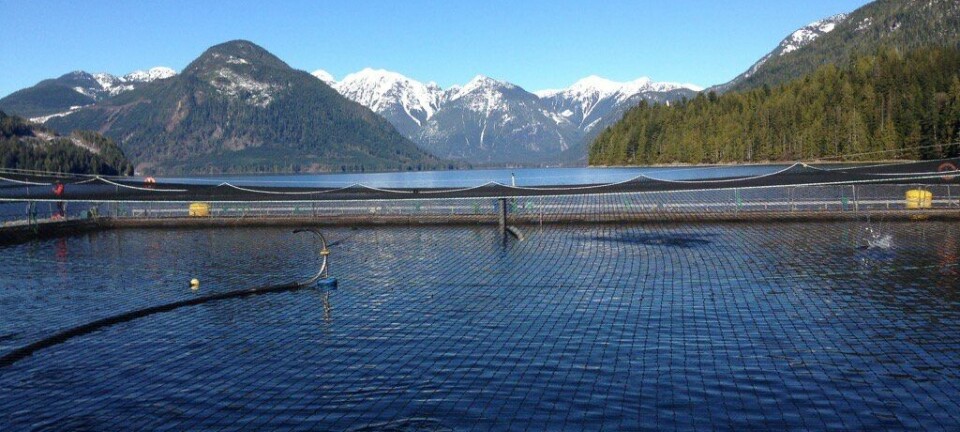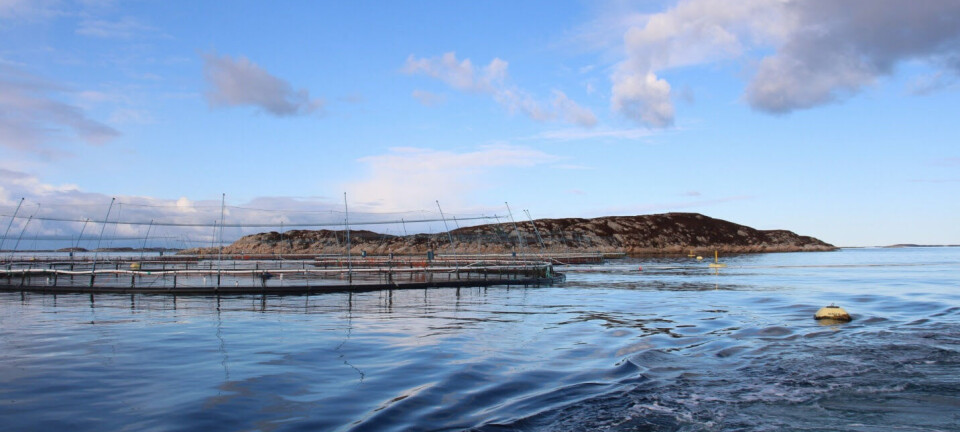
Farmed or wild salmon?
In a recent article found in The National Sea Grant Library and which was written by Pamela Tom and Paul Olin who work for the NOAA (National Oceanic and Atmospheric Administration) Sea Grant Extension Program, the two scientists explain what most salmon farmers have known for a very long time- that people should make salmon a regular part of their diet, no matter where the fish comes from. Here are some excerpts;
Farmed and wild salmon have very similar nutrients. Atlantic salmon and Pacific salmon look similar on the outside. But between species and even within the same species, each type of salmon can have different flavours, textures and flesh color. How the fish is processed and handled can also dramatically influence these characteristics.
In taste tests between farmed and wild salmon, sometimes farmed salmon is preferred. Sometimes taste panels prefer wild fish. However, these taste tests often compare farmed and wild salmon of different species and are not really designed to tell the differences between the tastes of the farmed and wild versions of the same type of salmon.
Both farmed and wild salmon are healthful choices that are low in total fat and high in protein (Table 1). Both are rich in vitamins, minerals and omega-3s. In recent years, research has linked eating seafood to many health benefits throughout life. Babies of moms who eat fish during pregnancy have the best possible brain and eye development. Adults who eat fish twice a week have up to 40% lower risk of dying from a heart attack. And a seafood-rich diet can help prevent depression and dementia as people age.
Most foods contain traces of substances other than nutrients. Scientists have compared concerns with eating fish to concerns with limiting or avoiding fish. They found that the biggest risk is limiting or avoiding fish, which results in thousands of extra heart disease deaths per year and less than optimal brain development in children.
The Institute of Medicine reported that salmon, whether farmed or wild, is one of the species lowest in mercury levels and highest in omega-3 fatty acids. A 2008 study by Barry Kelly and co-authors found mercury in all salmon samples ranged from 0.03 to 0.10 ppm. This was well below the action level of 1.0 ppm enforced by the U.S. Food and Drug Administration (FDA). Negligible differences in mercury concentrations were observed between the various species of farmed and wild salmon.























































